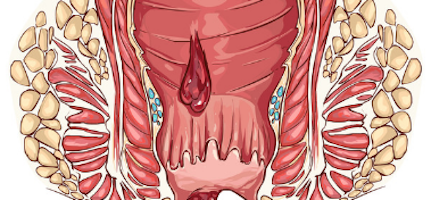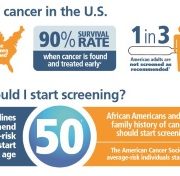Hemorrhoid Banding: What to Expect
Hemorrhoids are swollen veins in the lower rectum or anus. They can cause bleeding, itching, and pain. While most hemorrhoids resolve with home treatment, some can be harder to get rid of. There are several non-invasive treatments for hemorrhoids. In cases of highly symptomatic hemorrhoids, banding is one approach that can help. Here’s what you need to know about hemorrhoid banding.
When Hemorrhoid Banding is used
As mentioned above, in cases of highly symptomatic hemorrhoids, hemorrhoid banding (sometimes called rubber band ligation) may be used. These symptoms include severe pain, severe bleeding, prolapsing (protrusion through the anus), and hemorrhoids with blood clots. Hemorrhoid banding is a non-invasive, non-surgical procedure that cuts off the hemorrhoid’s blood supply. Eventually, the hemorrhoid falls off as a loss of blood supply.
Before the Procedure
In the days leading up to the procedure, your doctor may ask you to stop taking certain medications. These include ibuprofen, aspirin, or any other drug that makes it difficult for blood to clot. Your doctor may also perform some diagnostics prior to the procedure to identify the hemorrhoid and its state. This may include a physical examination, a rectal examination, a sigmoidoscopy, or an anoscopy.
During the Hemorrhoid Banding Procedure
The entire hemorrhoid banding procedure only takes about five minutes. During the procedure, your doctor will place a tube-like instrument in your anus so they can examine the hemorrhoid. They will then put a tight rubber band around the base of the hemorrhoid. This cuts off the blood supply. You may experience some discomfort during the procedure.
After the procedure
After your doctor performs the hemorrhoid banding, your doctor will advise you regarding recovery and may schedule a checkup or another appointment. You may need multiple bandings to remove a hemorrhoid. Hemorrhoids may take around a week to fall off after a successful banding procedure.
In the days following your procedure, you may have some difficulty with controlling bowel movements and passing gas. Fortunately, there are a few things you can do at home to help with this. For one, make sure you move your bowels right when you feel the urge to do so. Do not sit on the toilet for long periods of time, and don’t strain during bowel movements. To avoid constipation and straining, eat lots of fiber, stay hydrated, and exercise. Additionally, you should avoid heavy lifting for two or three weeks.
While serious complications are rare with this procedure, there are a few signs to look out for after your hemorrhoid banding. These include any signs of infection (like fever or chills), passing a lot of blood, having uncontrollable pain, having trouble urinating, and developing an aching feeling between the rectum and genitals. Call your doctor if any of these symptoms develop.
Our experienced team at GHP has years of experience performing hemorrhoid banding. We can help establish the best plan of care for your situation. Contact any of our office locations to learn about the options we offer and schedule an appointment today.













